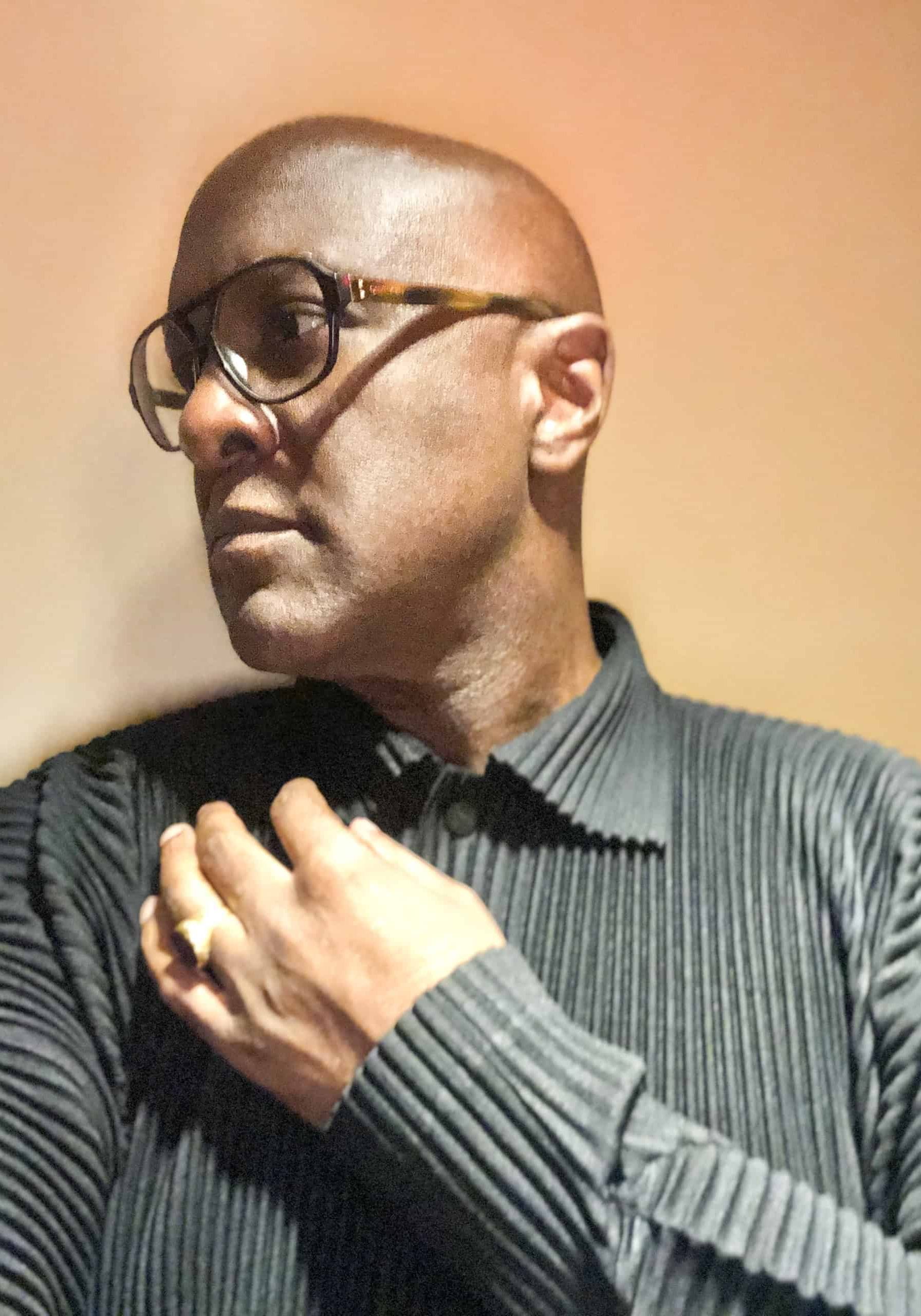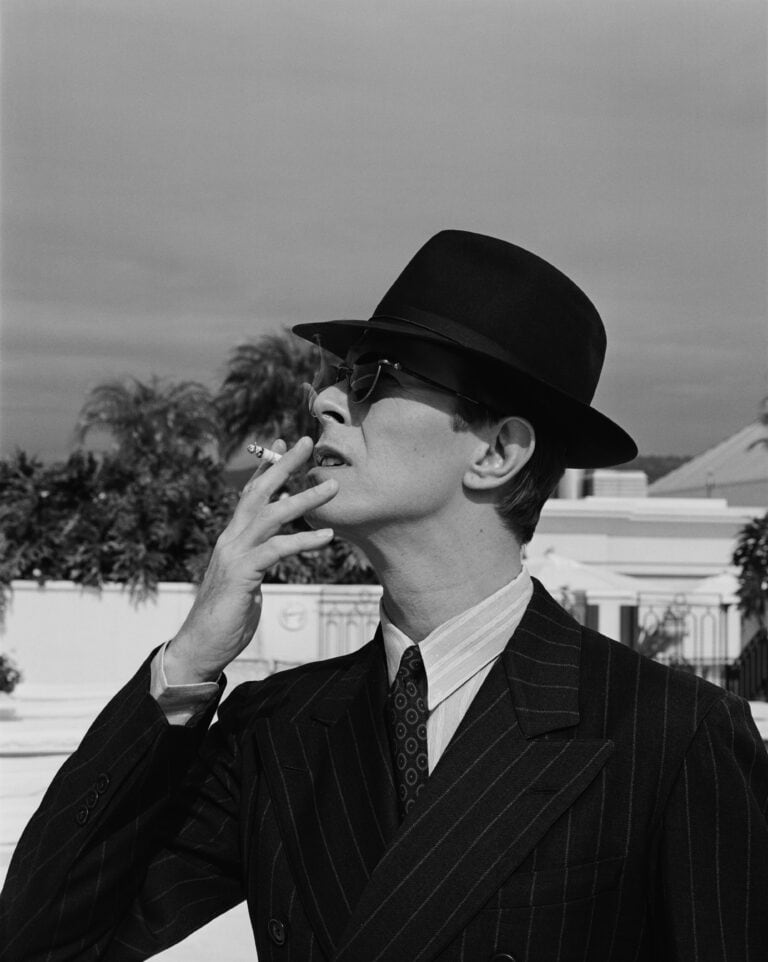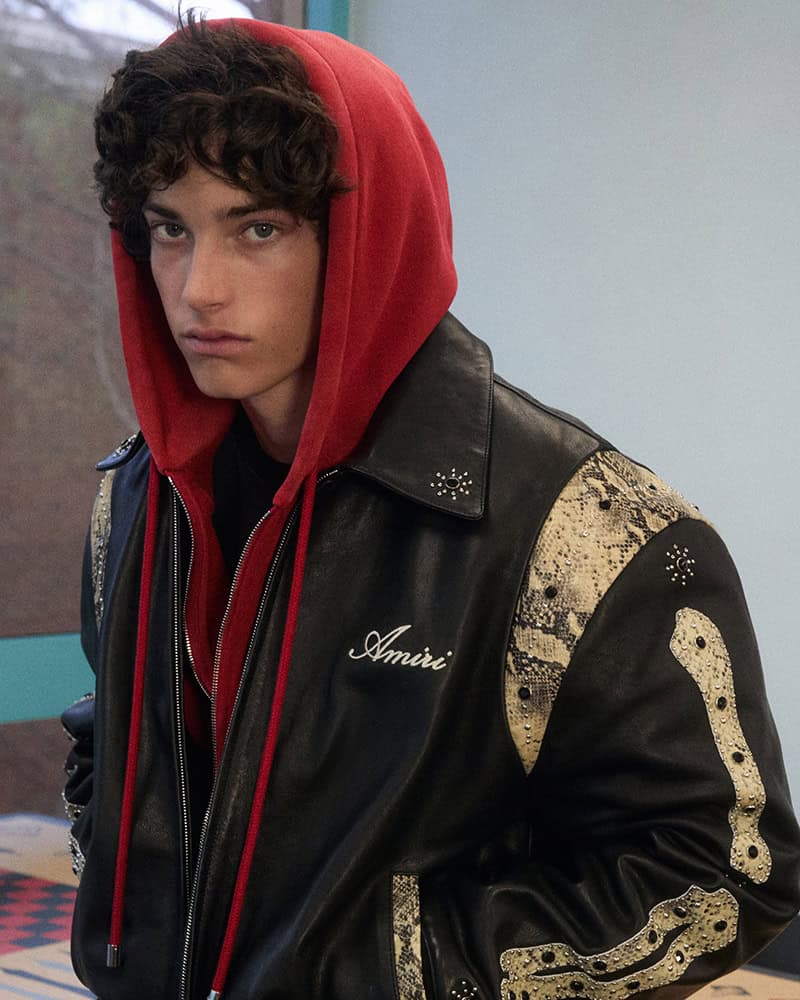
Clubhouse Style: Sport Inflected Luxury
Patrick Michael Hughes
AMIRI, Billionaire Boys Club and Balenciaga are leaning into visible, declarative branding, an index of where streetwear, art and music now converge to shape new forms of fashion identity and leadership…….Clubhouse Style
Continuing Market Shifts
Much of what is seen from this Clubhouse style draws from nostalgic iconography while tapping into the color language and pace of contemporary youth culture. Sports-core clubhouse look blurs the line between athletics and fashion. The tone may be casual, but the market logic is precise: creative leadership is repositioning luxury toward a model of cultural longevity and interests.
Today’s male and female sports figures have become essential fashion influencers, expanding the arena far beyond the traditional archetypes of athletic dress. This is not the Boomer inherited Arnold Palmer golf jacket; it is a far more democratic cultural script. Partially fueled by the popularity of international sports events. Such as American football games in London and Spain to activity-oriented adult camps and clubs, the look has established footing and momentum. Local culture, global fandom and new leisure practices all contribute to a renewed appetite for sports-inflected luxury.

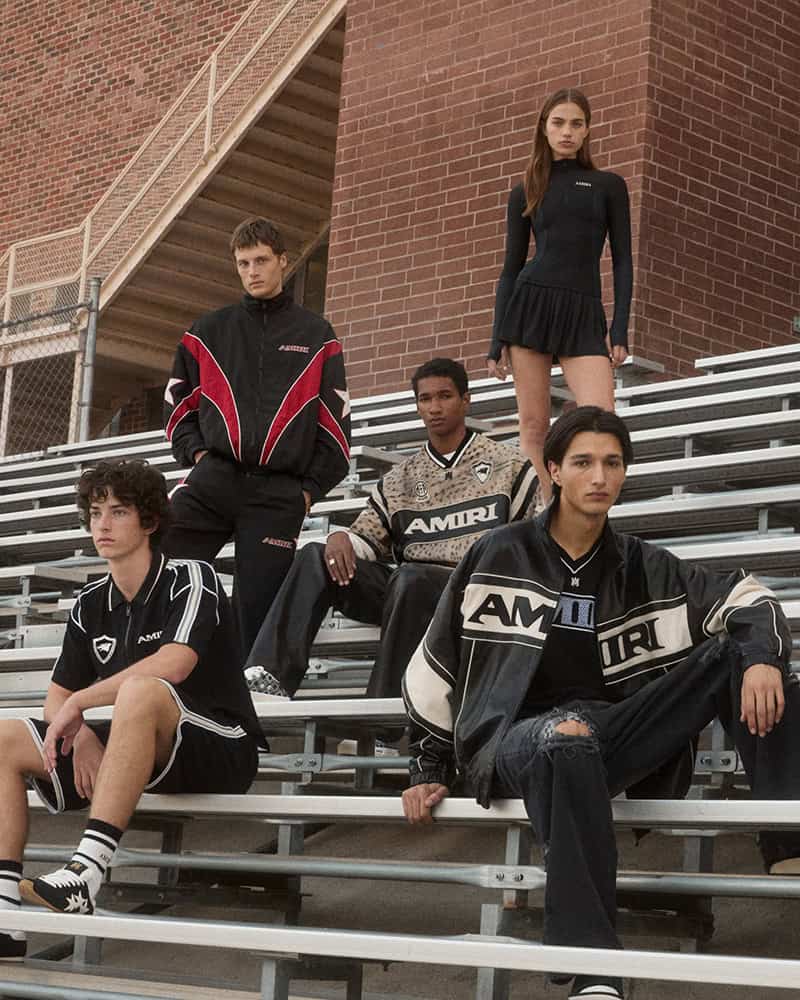
AMIRI’s Hollywood Breakfast Club
AMIRI, founded by Mike Amiri in Los Angeles in 2014, has built its identity around hand-crafted construction, rock music aesthetics to the narratives and energy of skate culture. Since 2018, the brand’s consistent presence at Paris Fashion Week has positioned it as a transnational voice in contemporary sport and street culture.
The Pre-Spring 2026 campaign, Hollywood Breakfast Club, looks to John Hughes’s 1985 film The Breakfast Club. Spring’s well staged photo series was photographed at John Marshall High School in Los Feliz, California. Locations at the school have been a featured site of the iconic Gen X. film Pretty in Pink (1986) and was the high school of actor Leonardo DiCaprio. A stage was set for a modern detention room, an ensemble of personalities: the rebel, the athlete, the artist, the romantic. The images operate as timeless narrative of youth culture, using the campus as a frame for identity formation.
The clothing underscores individuality through mix-and-match composition. Pre-worn leather bombers, faux-fur jackets, and layered pieces build an atmosphere of lived-in California ease. Collegiate or Clubhouse style references—embroidered letterman jackets, patched denim appear alongside sporty knits. AMIRI sneakers, bags, and the monogram highlight a racer like and fast times crest, completing a visual narrative. The result is a study in self-definition through hybrid styling.
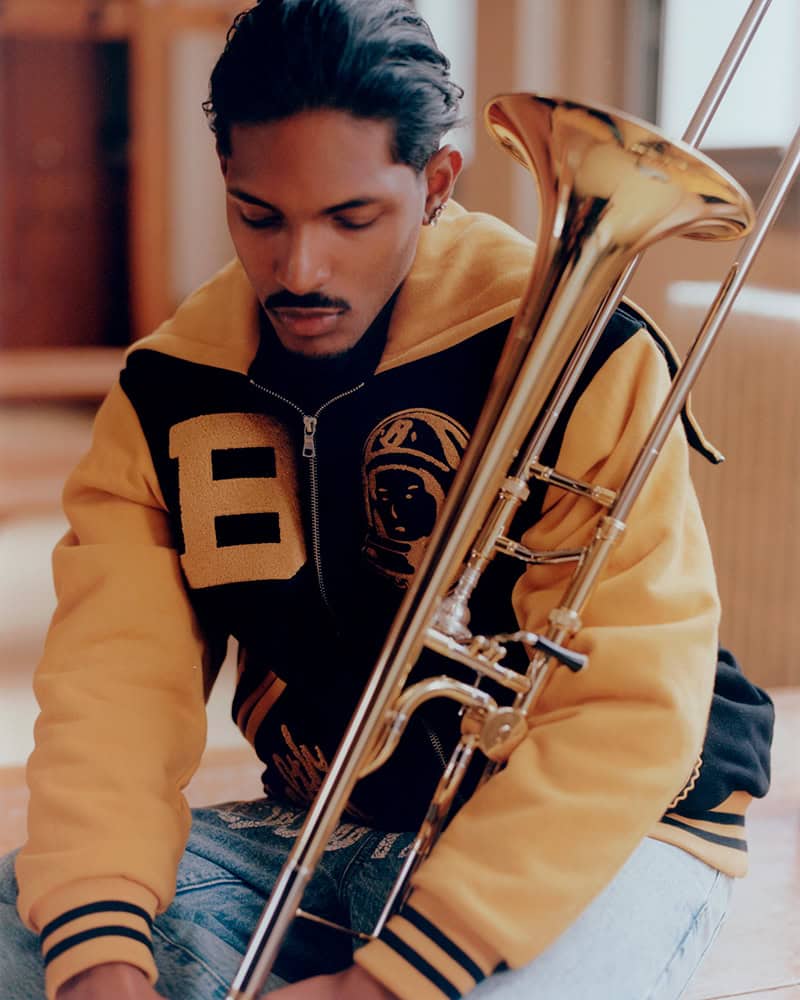
Billionaire Boys Club Marching Band – Clubhouse Style
Billionaire Boys Club, founded in 2003 by Pharrell Williams, the current Creative Director for Louis Vuitton and Nigo the Current Artistic Director of Kenzo. The brand is currently under the Creative Direction of Joseph Au, an Australian vintage expert, who hails for Ralph Lauren’s RRL sales force. Billionaire’s Boy’s Club continues to merge art, music, and street culture with clarity. In its second Pre-Spring 2026 release the brand focuses on college sports culture from the American South. Marching band culture the supportive wing of college athletics, known for tightly woven formations and intricate choreography.
The core silhouettes that anchor the narrative of Clubhouse style are varsity jackets, cracked denim and heavyweight fleece items. Also featured is a woodland camo matching set trousers and a logo emblazoned top. Further, oversized forms echo collegiate uniforms from a modern vantage point.
The collection plays with scale in specific styles of cargo pants, joggers and wide-leg trousers. A feature of the collection are elongated lines. Throughout, materials and graphics negotiate the boundary between athletic ruggedness and luxury intention.
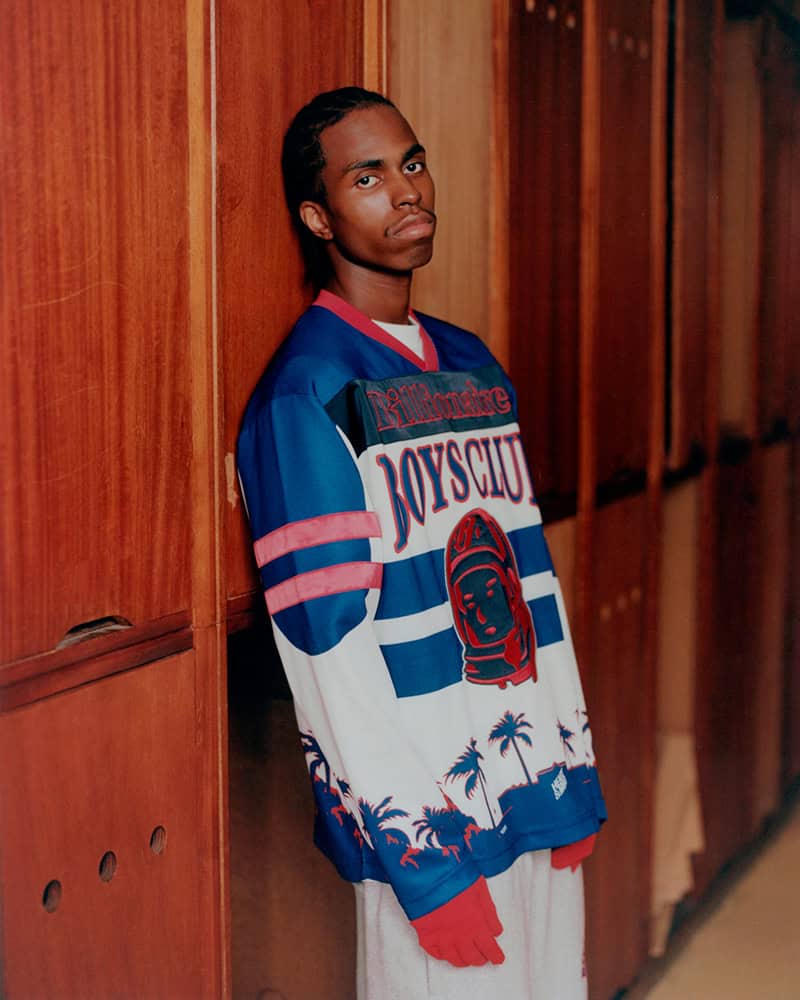


Balenciaga’s American Football
Balenciaga’s new fall 2025 series engages directly with American football, translating the sport’s visual codes into ready-to-wear. Exaggerated proportions, padded forms and performance-leaning graphics mark a first for the brand. The approach aligns with Balenciaga’s ongoing use of athletic archetypes. Vivid V-neck jerseys, varsity hoodies in sheep leather or fleece and techno-poplin tracksuits reinterpret familiar sports shapes. Fictional team patches and an embroidered Balenciaga Lion Crest, act as narrative devices. The Balenciaga league is expensive and part of a couture imagination. A league of its own for a specific type of player.
Across these Clubhouse style collections, a clear market trajectory emerges. It is that streetwear, art and music are not peripheral influences but central engines of fashion leadership. Brands are using athletic culture as a structural tool, creating spaces where identity, performance and narrative intersect.
This clubhouse aesthetic—partly memory and partly reinvention. It marks a shift toward cultural authorship in fashion. It reflects how a new generation reads style: not as categories, but as a continuum open to new imprints. One that defines the next chapter of the market.

Share this post
Patrick Michael Hughes is a fashion and decorative arts historian. He writes about fashion culture past and present making connections to New York, London and Copenhagen's fashion weeks with an eye toward men's fashion. He joined IRK Magazine as a fashion men's editor during winter of 2017.
He is often cited as a historical source for numerous pieces appearing in the Wall Street Journal, The New York Times, CNN, LVMH, Conde Nast, Highsnobiety and others. His fashion career includes years as a fashion reporter/producer of branded content for the New York local news in the hyper digital sector. Patrick's love of travel and terrain enabled him to becoming an experienced cross-country equestrian intensively riding in a number of locations in South America Scandinavia,The United Kingdom and Germany. However, he is not currently riding, but rather speaking internationally to designers, product development teams, marketing teams and ascending designers in the US, Europe and China.
Following his BA in the History of Art from Manhattanville College in Purchase, New York he later completed graduate studios in exhibition design in New York. it was with the nudge and a conversation in regard to a design assignment interviewing Richard Martin curator of the Costume Institute at the Metropolitan Museum of Art he was encouraged to consider shifting his focus to the decorative arts with a concentration in fashion history and curation.
Patrick completed graduate studies 17th and 18th century French Royal interiors and decoration and 18th century French fashion culture at Musée Les Arts Decoratifs-Musée de Louvre in Paris. Upon his return to New York along with other classes and independent studies in American fashion he earned his MA in the History of Decorative Arts and Design from the Parsons/Cooper Hewitt Design Museum program in New York. His final specialist focus was in 19th century English fashion and interiors with distinction in 20th century American fashion history and design.
Currently, he is an Associate Teaching Professor at Parsons School of Design leading fashion history lecture-studios within the School of Art and Design History and Theory,
Read Next

